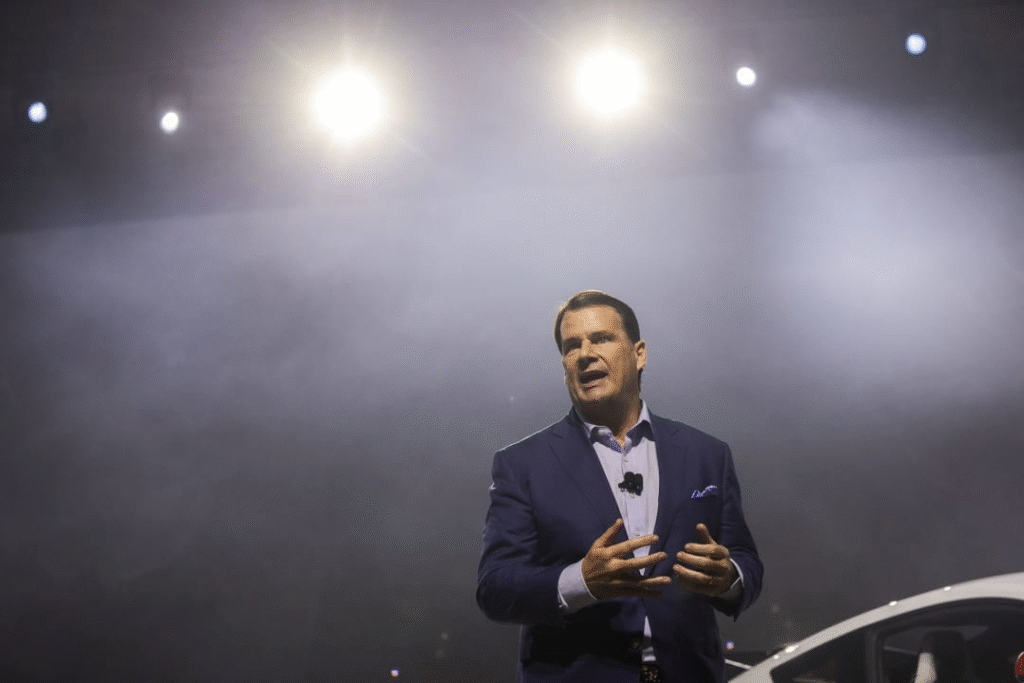Trump’s New 25% Truck Tariff to Hike Prices Across America, Impacting Supply Chain
A new 25% tariff on imported medium- and heavy-duty trucks is set to go into effect on November 1, a move that, while not directly targeting consumer vehicles, is expected to cause a ripple effect of price increases across America. This tariff will impact a crucial sector of the U.S. economy, as approximately three-quarters of domestic freight relies on these trucks. The increased cost of operating trucking lanes will inevitably be passed on to consumers, further straining household budgets amidst high inflation and housing costs.
Tariff’s Reach: Beyond Consumer Vehicles
While the new tariff won’t directly affect light-duty consumer trucks like the Ford Super Duty or Ram 3500 (which fall under the 10,000-pound threshold), its impact will be felt broadly across the nation’s vital infrastructure.
- Essential Transport: The tariffed category includes the vehicles responsible for moving a massive three-quarters of all domestic freight – from everyday groceries to furniture and construction materials.
- Widespread Impact: The increased operating costs for these crucial transport vehicles will directly translate to higher end costs for consumers across a vast array of goods.
- Beyond Freight: Heavy-duty trucks are also integral to other sectors of American infrastructure. This includes school buses, which are classified as heavy-duty, and the numerous medium-duty trucks used in construction.
- Domestic Automaker Impact: Even U.S. automakers like Stellantis (Ram) will suffer, as many of their vehicles in this category are built in Mexico and then imported to the U.S., making them subject to the new tariff.

Ford’s Stance and Strategic Implications
The announcement of the new tariffs has drawn a mixed response, with some seeing it as a strategic play.
- Ford’s Support: Ford released a statement to Bloomberg, expressing appreciation for the Trump administration’s direction on heavy trucks, aligning with a “shared goal of growing the American auto industry and U.S. manufacturing.”
- Trade Agreement Leverage: Reports suggest that these new tariffs could be a strategic maneuver ahead of the upcoming renegotiation of the Mexico-U.S.-Canada (MUSCA) trade agreement, serving as leverage in future discussions.

Source: Bill Pugliano/Getty Images
The Inevitable: Consumers Will Bear the Cost
Regardless of the political or strategic motivations behind the tariffs, a fundamental economic principle dictates the outcome for the American consumer.
- Cost Pass-Through: Companies paying the tariff costs on imported goods will, as a consistent rule, pass these increased expenses on to their consumers.
- Rising Consumer Burden: In most cases, buyers will face higher prices for items when companies incur greater costs for importing them.
- Economic Strain: This new tariff arrives at a time when Americans are already grappling with significant economic pressures, including high inflation and elevated housing costs. Adding tariffs to essential transportation goods will likely make even non-luxury items more expensive, further challenging consumer affordability for everything from daily necessities to heavily tariffed new vehicles.
The new 25% tariff on imported medium- and heavy-duty trucks is poised to exert significant upward pressure on prices across various sectors, underscoring the interconnectedness of trade policy and everyday consumer costs.
Also Read – Nissan Tekton Unveiled: A “Baby Armada” Compact SUV Set for 2026 Global Launch




Pingback: Volvo EX30 Single Motor Arrives In US Under $40K To Challenge Tesla Model Y - Mechhelp